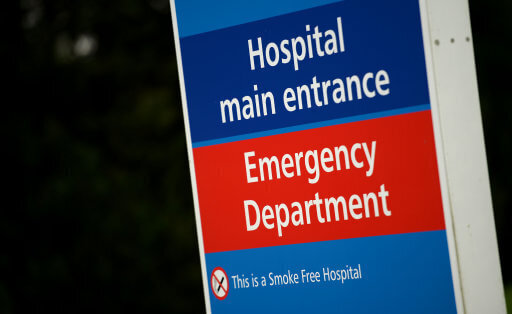The Treasury has today announced that £5.9 billion will be injected into NHS England in a bid to resolve the backlog of appointments.
Figures released earlier this month by NHS England show there are a record 5.7 million people in England waiting for hospital treatment, and that the figure is growing by 100,000 a month.
A report released by the Institute for Public Policy Research in September concluded that even if stretched hospitals can maintain activity levels 5 per cent above pre-pandemic levels, this backlog will not be cleared until at least 2033.
Regarding how the new funding will be used, £2.3 billion will be put toward improving diagnostic services and 100 community diagnostic centres have now promised to ease access to CT, MRI and ultrasound scans.


£1.5 billion will be spent on increasing bed capacity and “surgical hubs” for minor surgeries with the aim of cutting waiting times by the end of this parliament.
£2.1 billion is geared at improving hospitals’ data and technology resources, including faster broadband services.
The Barnett funding formula ensures that proportionate levels of funding will go toward services in Scotland, Wales and Northern Ireland.
The government’s full spending plans will be outlined during the Chancellor’s budget announcement on Wednesday.
Health Secretary Sajid Javid told Sky News Breakfast programme this morning that the almost £6 billion funding announcement for the NHS is a “huge amount of money” that he says will help slash bringing down waiting times and improve digital technology.
He said that while the NHS has had a “long-running staffing problem”, “the numbers are going in the right direction”, as health organisations expressed concerns over the government’s failure to tackle staffing shortages, despite welcoming the new funding.
Recent NHS figures show around 39,000 vacancies for nurses in England.
Labour MP Chris Bryant has criticised the plans, writing: “The Tories have no plan for to deal with the NHS’s backlog. They announce £6billion for more kit, but we don’t have enough staff for the diagnostic centres we already have. We are massively short of radiographers, radiologists, pathologists, oncologists, dermatologists.”









